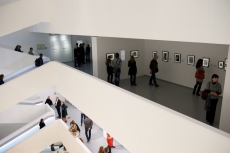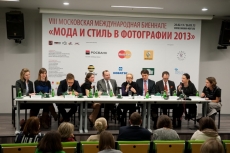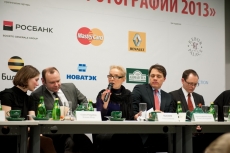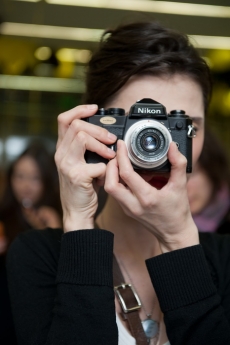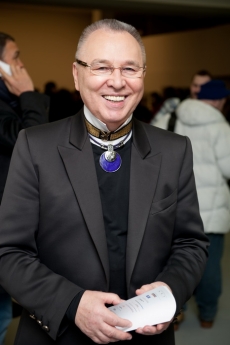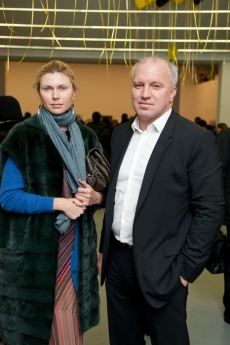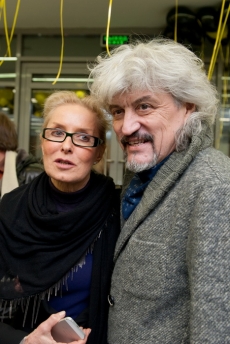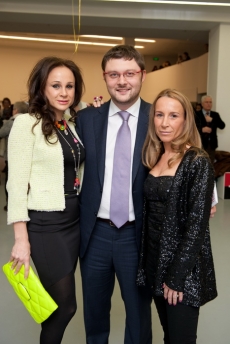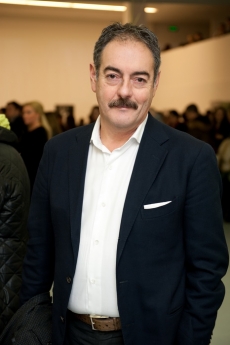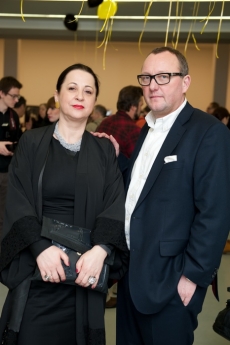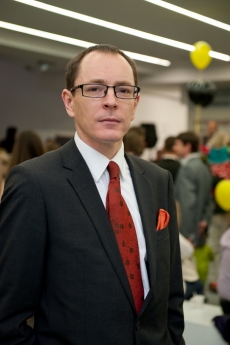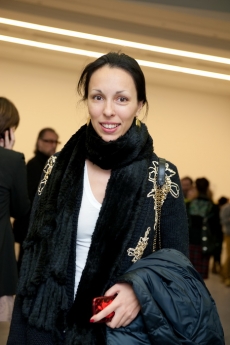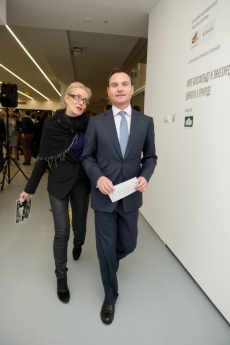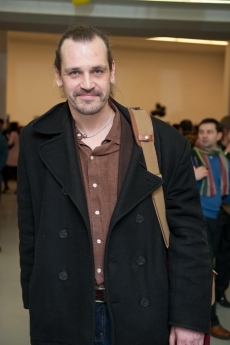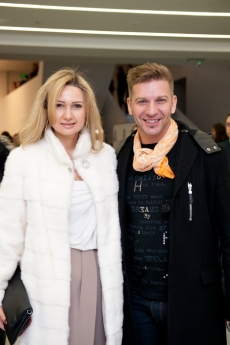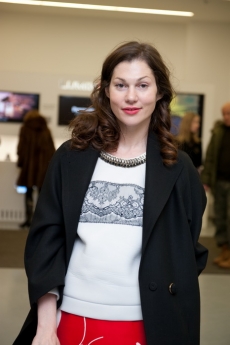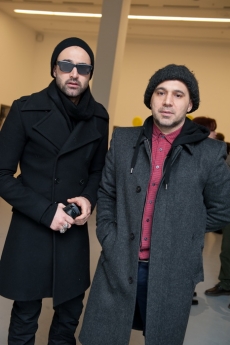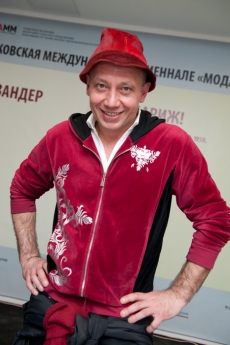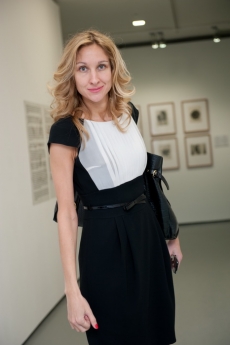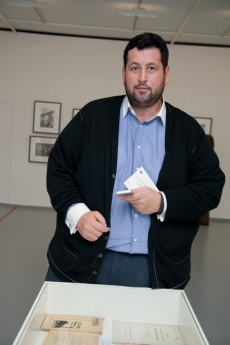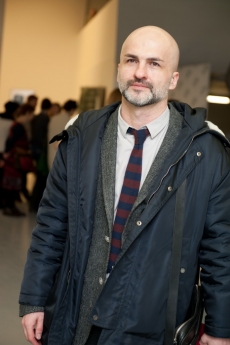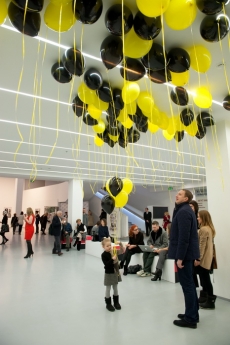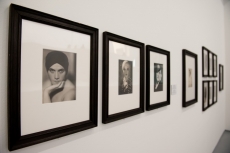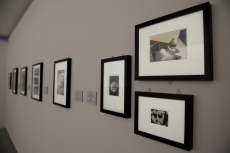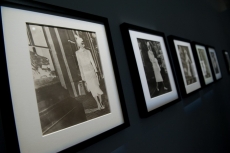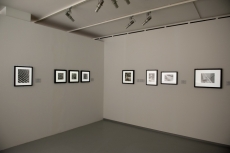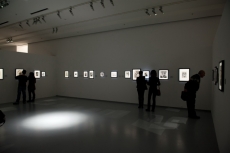Voici Paris. Photographic modernities, 1920-1950. Collection of Christian Bouqueret
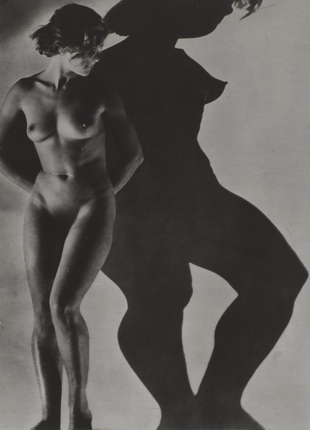
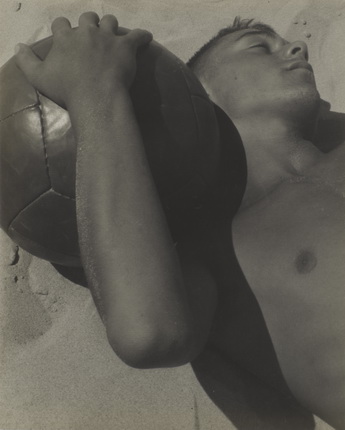
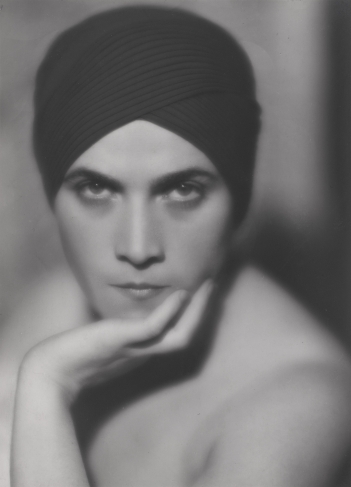
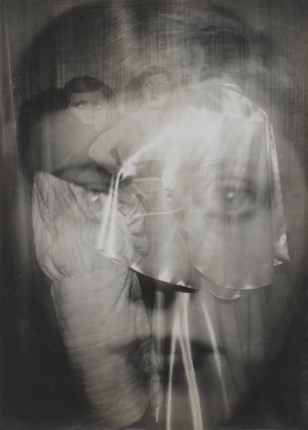

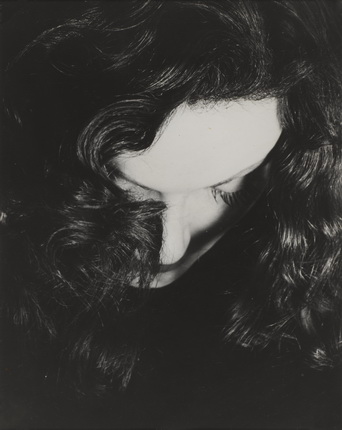
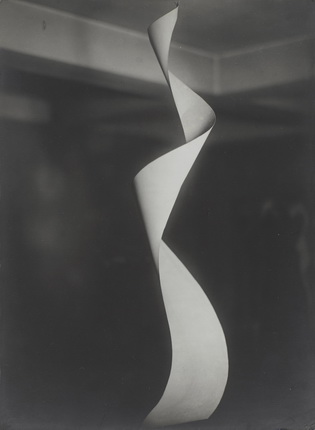
![Krull Germaine.
© Estate Germaine Krull, Muserum Folkwang, Essen.
Selbstporträt mit Ikarette [Autoportrait avec Ikarette]
(Autoportrait à l’Ikarette), 1925.
Photographie épreuve collée sur carton.
Achat grâce au mécénat de Yves Rocher, 2011. Ancienne collection Christian Bouqueret.
Collection Centre Pompidou, Paris.
Musée national d’art moderne - Centre de création industrielle](/upload/iblock/bd4/bd4e9307a5a06cae3371e562bf02b94e.jpg)
Maar Dora (Markovitch Henriette Théodora, dit). © Adagp, Paris. Assia, 1934. Achat grâce au mécénat de Yves Rocher, 2011. Ancienne collection Christian Bouqueret. Collection Centre Pompidou, Paris. Musée national d’art moderne - Centre de création industrielle
Moral Jean. © Brigitte Moral SAIF Paris. Bubi, vers 1929. Achat grâce au mécénat de Yves Rocher, 2011. Ancienne collection Christian Bouqueret. Collection Centre Pompidou, Paris. Musée national d’art moderne - Centre de création industrielle
Masclet Daniel. © Succession Daniel Masclet. La Belle Ténébreuse, vers 1926. Achat grâce au mécénat de Yves Rocher, 2011. Ancienne collection Christian Bouqueret. Collection Centre Pompidou, Paris. Musée national d’art moderne - Centre de création industrielle
Krull Germaine. © Musée Folkwang, Essen. Etude publicitaire pour Paul Poiret, 1926. Achat grâce au mécénat de Yves Rocher, 2011. Ancienne collection Christian Bouqueret. Collection Centre Pompidou, Paris. Musée national d’art moderne - Centre de création industrielle
Kessels Willy. © Adagp, Paris. Autoportrait, 1932. Achat grâce au mécénat de Yves Rocher, 2011. Ancienne collection Christian Bouqueret. Collection Centre Pompidou, Paris. Musée national d’art moderne - Centre de création industrielle
Blumenfeld Erwin. © Henry & Yorick Blumenfeld and Yvette Blumenfeld Georges Deeton (the latter courtesy Art+Commerce, NYC and Galerie Kicken Berlin). Portrait de Manina Jouffroy, vers 1936. Achat grâce au mécénat de Yves Rocher, 2011. Ancienne collection Christian Bouqueret. Collection Centre Pompidou, Paris. Musée national d’art moderne - Centre de création industrielle
Man Ray (Radnitzky Emmanuel, dit). © Man Ray Trust / Adagp, Paris. Lampshade. (Abat-jour), vers 1925. Achat grâce au mécénat de Yves Rocher, 2011. Ancienne collection Christian Bouqueret. Collection Centre Pompidou, Paris. Musée national d’art moderne - Centre de création industrielle
Krull Germaine. © Estate Germaine Krull, Muserum Folkwang, Essen. Selbstporträt mit Ikarette [Autoportrait avec Ikarette] (Autoportrait à l’Ikarette), 1925. Photographie épreuve collée sur carton. Achat grâce au mécénat de Yves Rocher, 2011. Ancienne collection Christian Bouqueret. Collection Centre Pompidou, Paris. Musée national d’art moderne - Centre de création industrielle
Moscow, 21.02.2013—26.05.2013
exhibition is over
Share with friends
In 2011 the Centre Pompidou made one of the major acquisitions for its photography collections. With the support of Yves Rocher there was acquired over 7,000 images from the exceptional set of Christian Bouqueret — a famous collector, a gallerist and a critic. The Multimedia Art Museum presents the selection of 237 images from this unique collection.
For the press
This selection features not only works of such outstanding world photographers as Man Rey, Brassai, Andrе Kertеsz, Henri Cartier-Bresson, Dora Maar, Germaine Krull, René Clair, but also has photos of a French painter Fernand Léger and a Spanish filmmaker Luis Bunuel. At the same time, this exhibition presents works of authors who are not yet widely known in the history of French and world photography, such as Pierre Jamet.
The exhibition «This is Paris!» is presented by two famous curators. Quentin Bajac was Chief Curator of Photography at the Center Pompidou and in January 13 The Museum of Modern Art (MoMA, New York) has selected him as its next Chief Curator of Photography. Clement Cheroux is a French critic and curator, he was appointed as Chief Curator of Photography at the Pompidou Center instead of Quentin Bajac. This exhibition was a great success in Paris in Autumn 2012 and right after its closing came to the Multimedia Art Museum, Moscow.
For the first time ever the exhibition «This is Paris!» offers such a wide panorama of creative photography in France, covering the years
In comparison to Russia and Germany, Parisian modernism is neither homogeneous, nor consistent. There were so many bright individuals among those who worked in Paris between
The exhibition «This is Paris!» based on the Christian Bouqueret’s photography collection presents a unique overview of aesthetic paradigms and their change. The overview opens with the surrealists and «New Vision» («L’oeil nouveau») they have on modernity. The second section is devoted to the 1930s and illustrates how the 1929 world economic crisis had influenced the photography. In the third part, the press, the first place for photographers to express themselves and be published, becomes «The modern picture book». A source of income, newspapers as well as books and advertising enable photographers to conduct even more elaborate experiments on image and form. The fourth section speaks for itself: «Inside vision». Here photographers explore the human eye phenomena, widening the technical possibilities of the photography. The exhibition ends on a «Return to order», when many photographers take the opposite approach to the surrealists’ «New Vision» by returning to the real world.
The exhibition «This is Paris!» represents a new overview of Paris from 1920 to 1950, when the city was turned into the multinational and multicultural centre of creativity.

